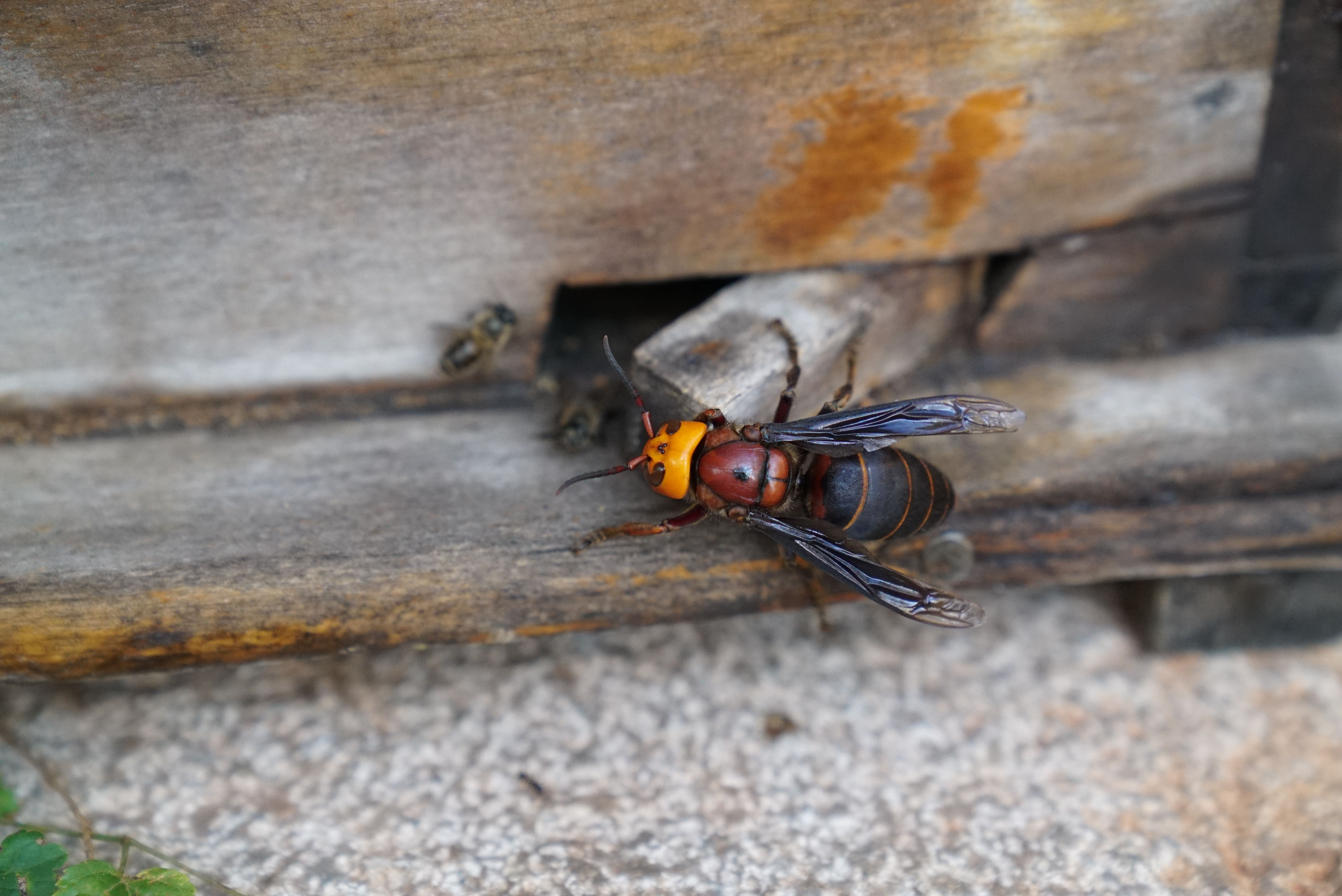Researchers from the Xishuangbanna Tropical Botanical Garden (XTBG) of the Chinese Academy of Sciences and the University of California San Diego have revealed that receiving an inhibitory signal (stop signal) associated with negative food conditions can decrease brain dopamine levels in dancing honeybees.
The study was published in Current Biology on April 13.
Dopamine is known as the feel-good neurotransmitter—a chemical that ferries information between neurons. In multiple animals, dopamine is involved in arousal, cognition, and sensitivity to stimuli. It is also associated with seeking and wanting behavior, particularly with the pleasurable experiences of reward.
Honeybees communicate to nestmates the location of resources by performing a waggle dance (i.e., a repetition of movements consisting of a waggle “run” and a return “run” that is unique to each particular resource location). Their behavior type is significantly correlated with dopamine levels in bee heads. Waggle dancers have significantly higher dopamine levels than all other bees.
Honeybees have a sophisticated mechanism for communicating peril.For example, foragers use the stop signal—an inhibitory signal targeted at waggle dancers—to warn of a dangerous or declining food source and to counteract the positive feedback generated by the waggle dance.
According to Dr. DONG Shihao of XTBG, it was unclear, however, how predators affected the honeybee food-wanting system.
“We were wondering whether a signal about danger at a food source could, by itself, decrease foraging motivation and thus reduce brain dopamine levels,” said Dr. DONG.
The researchers decided to test the effects of predator threat on the waggle dance and stop signal. They observed that foragers produced no stop signals when they were not attacked. In contrast, when attacked by hornets, foragers completely ceased waggle dancing. Attacked bees also abandoned the dangerous feeder and spent more time in the hive. In both whole-colony and individual measurements, stop signaling sharply increased when bees were attacked by hornets.
“Our study provides the first evidence that receiving a signal associated with negative food conditions (the stop signal) is sufficient to decrease brain dopamine levels in waggle dancers, even when these dancers have not experienced peril,” said Prof. TAN Ken from XTBG, corresponding author of the study.
Moreover, the researchers discovered that increasing bee dopamine levels reduced the aversiveness of hornet attacks. Bees that fed on dopamine sucrose solution spent significantly more time staying on the feeder after being attacked by a hornet, produced fewer stop signals when they returned to the hive, and performed more waggle dances than bees that were also attacked but fed pure sucrose solution. Therefore, the fear-inducing effects of an attack could be countered by pharmacologically increasing bee dopamine levels.
“Attacks by hornet predators can reduce brain dopamine levels and cause foragers to pass on such stressful information via stop signals that also reduce brain dopamine levels in recipients. Artificially increasing dopamine levels by feeding bees dopamine would reduce the aversive effects of hornet attacks,” said Prof. TAN.
Contact
TAN Ken Ph.D Principal Investigator
Key Laboratory of Tropical Forest Ecology, Xishuangbanna Tropical Botanical Garden, Chinese Academy of Sciences, Mengla, Yunnan 666303, China
E-mail: kentan@xtbg.ac.cn

A stop signaler is attacking waggle dancers. (Image by DONG Shihao)

A hornet is predating on honey bees. (Image by DONG Shihao)
URL: https://www.eurekalert.org/news-releases/985545


